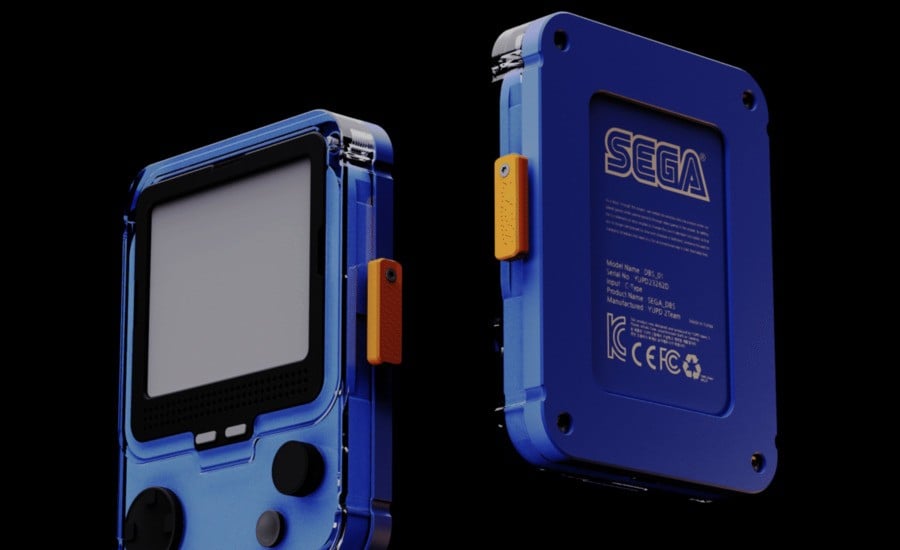
Back when the Game Boy was dominating the world of portable video gaming, Sega gave its best shot at trying to steal away market share with the Game Gear. Essentially a portable Master System, the console boasted a full colour, backlit display, which made the Game Boy's monochrome screen look positively ancient – at the expense of battery life, of course.
While it did better than its rivals the Atari Lynx and PC Engine GT / TurboExpress, the Game Gear couldn't unseat Nintendo's handheld, and only sold 10.62 million units (compared to the Game Boy's 118.69 million units, although it should be noted that figure also includes Game Boy Color sales).
Sega wasn't totally done with portables at this point and released the Sega Nomad in 1995 – but this system – a portable Genesis / Mega Drive – also suffered from terrible stamina and sold poorly. By the time the company exited the hardware arena in 2001, it had already allowed Sonic to appear on Tiger's Game.com handheld and SNK's Neo Geo Pocket Color – and, when the Game Boy Advance arrived, Sega would support the system with a wide range of games. Just as it would turn its back on home console production, Sega would abandon the world of portable hardware, too.

The company's hardware legacy always keeps fans dreaming of a return, however, and designers WooJin Shin, Nahyun Kwon, JiHoon Park and Seungmin Hong have cooked up the SEGA-DBS using KeyShot, software used by the design industry to create realistic product designs. This Playdate-style handheld device (it even includes a crank on the side) doubles as a pocket calendar to wean you off your smartphone addiction.
The display is monochrome, and only three games come pre-loaded on this hypothetical system – so it might struggle to put Sega back at the top of the handheld gaming pile. Still, it looks gorgeous and makes us pine for the time when Sega was still making gaming hardware.

